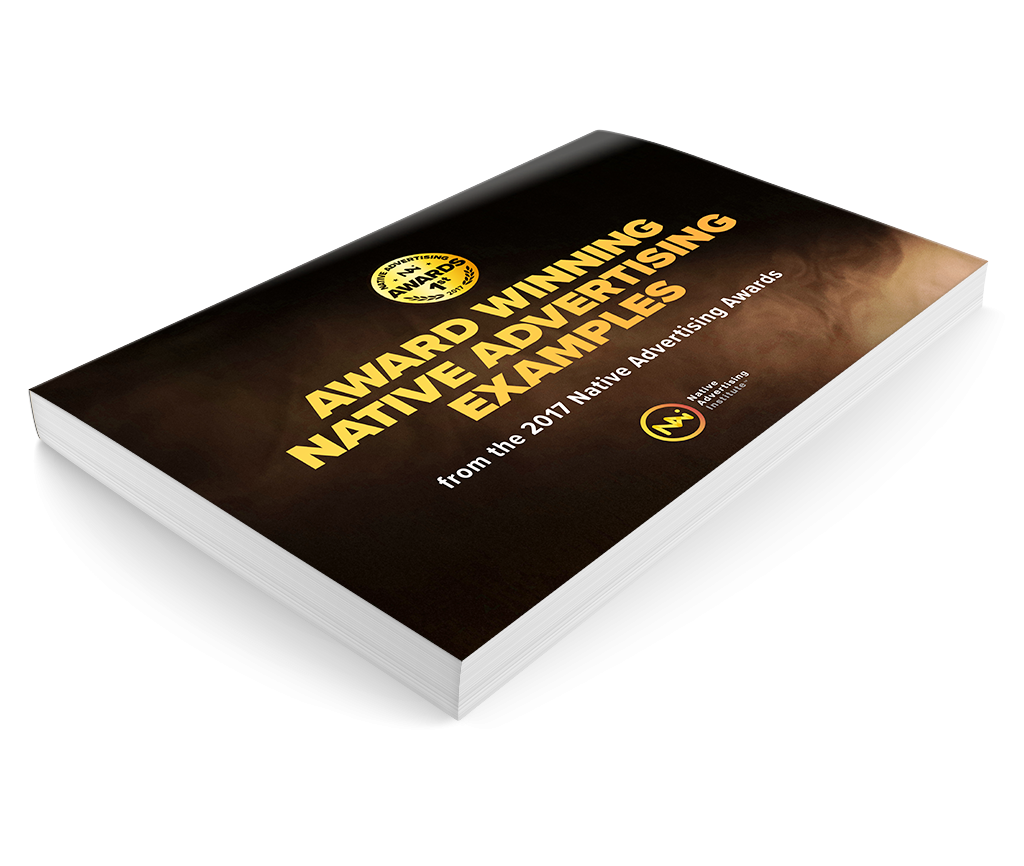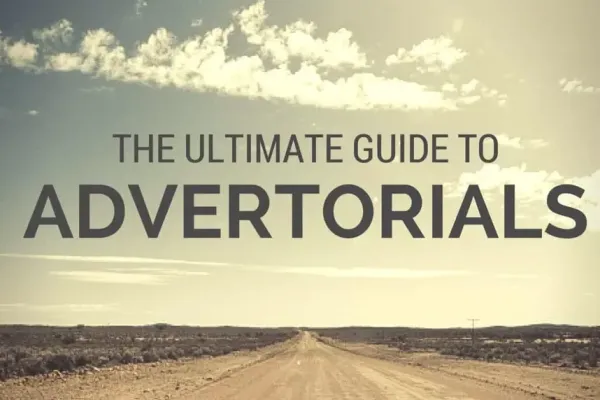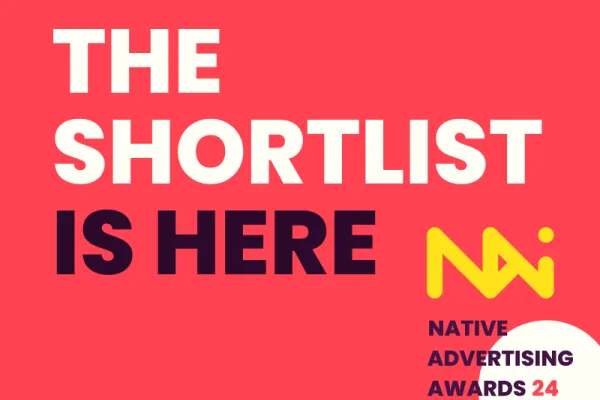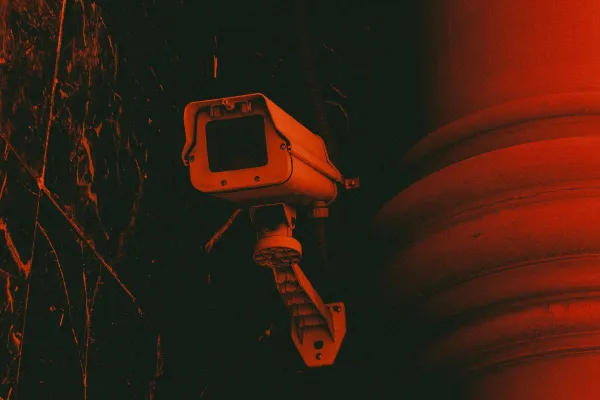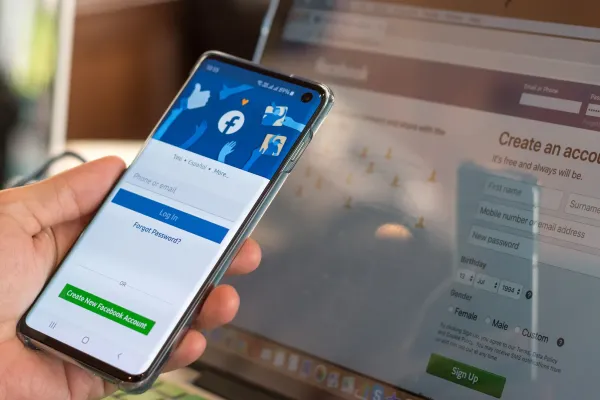There is one crucial thing we always forget when we are creating good local native advertising, says Ricki Petrini, Head of Content Studio at Mediekompaniet - a media company representing 76 media houses in Sweden. Because, when creating local native advertising, simply just geotargeting is not enough.
We interviewed Ricki Petrini about creating local native when she attended Native Advertising DAYS 2017 in Berlin.
Below are highlights from the interview which have been slightly edited for clarity.
Good native is relevant and useful
Good native advertising to me is content that sticks and pops out whenever I'm using a platform, whether it's print or digital. Content that I would -- as a user in the target group -- be exposed to and find come in handy. Content that I would find useful and relevant.
Then, in the end, I would realize -- because it would be clearly marked -- that it's actually being brought by a company or by a sponsor.
RELATED: Native Advertising That Works? 3 Takeaways from Award-Winning Examples
And if it is a really good piece native, then I would also as a user see the clear connection between the company and the brand. Between the product and the piece of content that I've just taken part in.
Think about the audience and the context
First of all, we need to figure out what the target group is for this piece of content that we're writing, producing or filming. Who is the target group? And what are their interests? Where are they in the stage of their lives? What are their problems and how can we solve these problems for them?
I think we tend to forget this over and over again. We always talk about the product, and the client, and the brand - we say 'brand safe'. But I want to speak about being 'user-friendly'.
RELATED: The Business Journals Content Studio: "If Our Clients Don't Win, We Don't Win"
Second of all, context is important as well.
We represent local media houses in Sweden from north to south, mainly outside the bigger cities. But
that also means we connect to over half the population in Sweden. Each one of these units, in each region, on these 76 different platforms may not be big audiences as such, but in total, we can actually speak to great masses at the same time.
So a very important part of that content production is also to adapt that content to that specific market. Whenever we talk about local content or local native advertising, we need to talk about adapting that piece of content for that region or for that area.
Geotargeting is not enough
We always talk about targeting or segmenting different target groups when going local, and we use all kind of geotargeting on Facebook or other social media -- or Google for that matter -- to say that we are actually targeting this target group for a certain area.
But then we forget to look at the content.
We also need to change and adapt that piece of content. It could be small changes. But for that person in that specific region, or area, or country to actually feel that the content is really relevant, we need to also adapt that content.
RELATED: 36 Experts Share Their Predictions for Native Advertising in 2018
I think, as a huge and necessary contrast to say Facebook and Google, we need the local platforms
in the future as well. Because you will always find whatever you have around you geographically more relevant and really necessary for you to take part in as well.
Looking for 3rd party solutions
The biggest challenges we have right now when creating local native is technical.
We represent 76 different media houses and platforms and they all work in different systems and different CMS's. So one of my greatest challenges with my team at this point is to actually distribute an article that we have produced for an advertiser on the 76 platforms in a smooth way.
Sometimes the clients also change their minds right in the middle of the campaign. Then we need to change something, or the tracking link doesn't work or something like that.
The solutions for our biggest challenges of reaching out now to the 76 different platforms with our native solutions is to not solve everything in-house. But instead to receive help from third-party solutions.
RELATED: Formats and platforms of native advertising
So we've looked at many different tech companies that could actually provide some sort of CMS solution for us that would be exclusively for the native advertising part. Then the editorial teams on each and every platform, they would use their CMS.
Our goal has been to come up with a scalable and a sort of seamless solution for the client and for ourselves because this could mean heavy production costs to work with 76 different platforms.
So in order for us to make a really smooth process, I think we're coming to the right solution now which is to look at the market to find the best 3rd party solutions.
I think that would be my greatest tip for any other publishers out there: Look around you, there are some great technical solutions out there and maybe they've worked for years on it. So why start again when you could actually use something that already exists?
Want more inspiration? Download our compilation of 32 award-winning native advertising examples right here
 By
By 